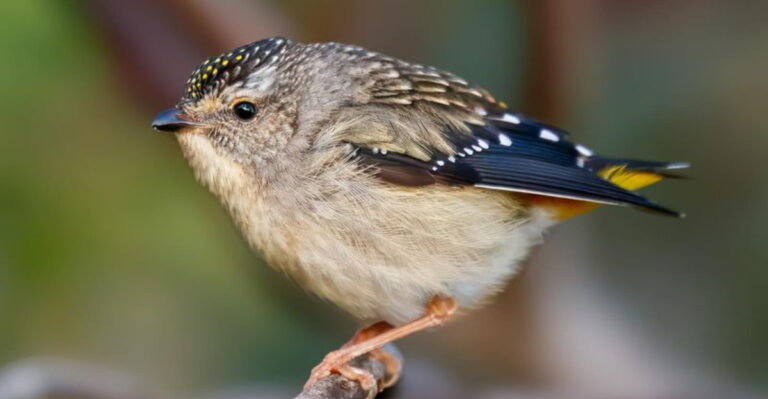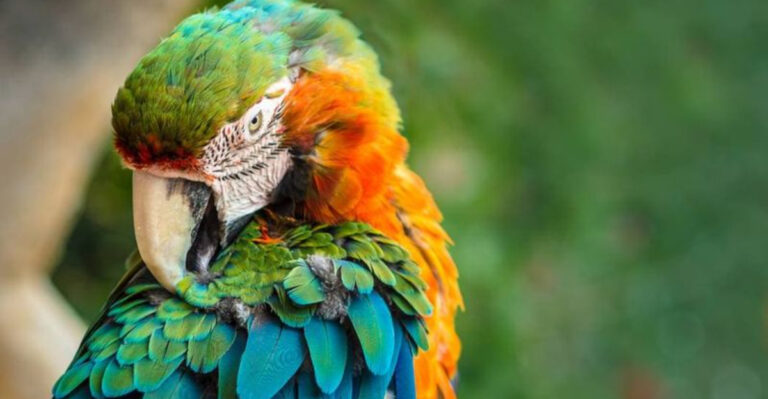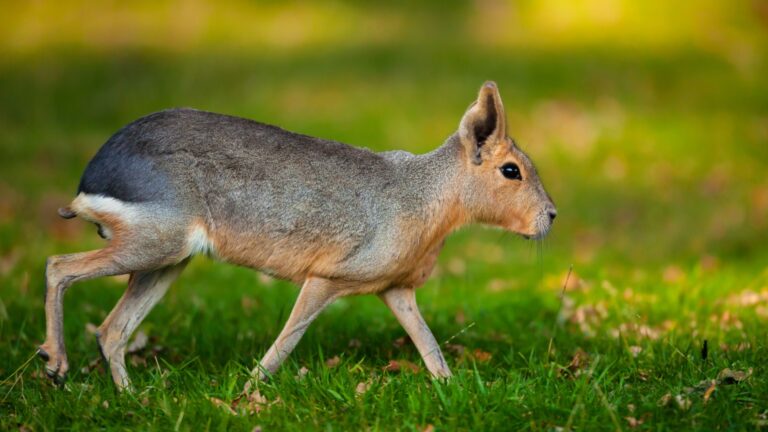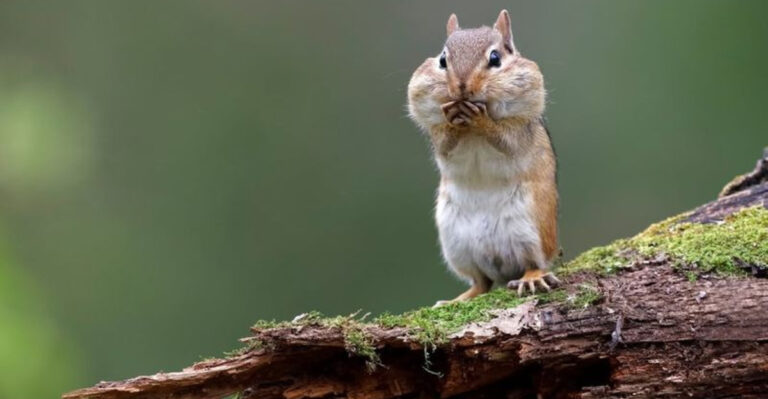14 Most Dangerous Animals You’ll Only Find In Alaska
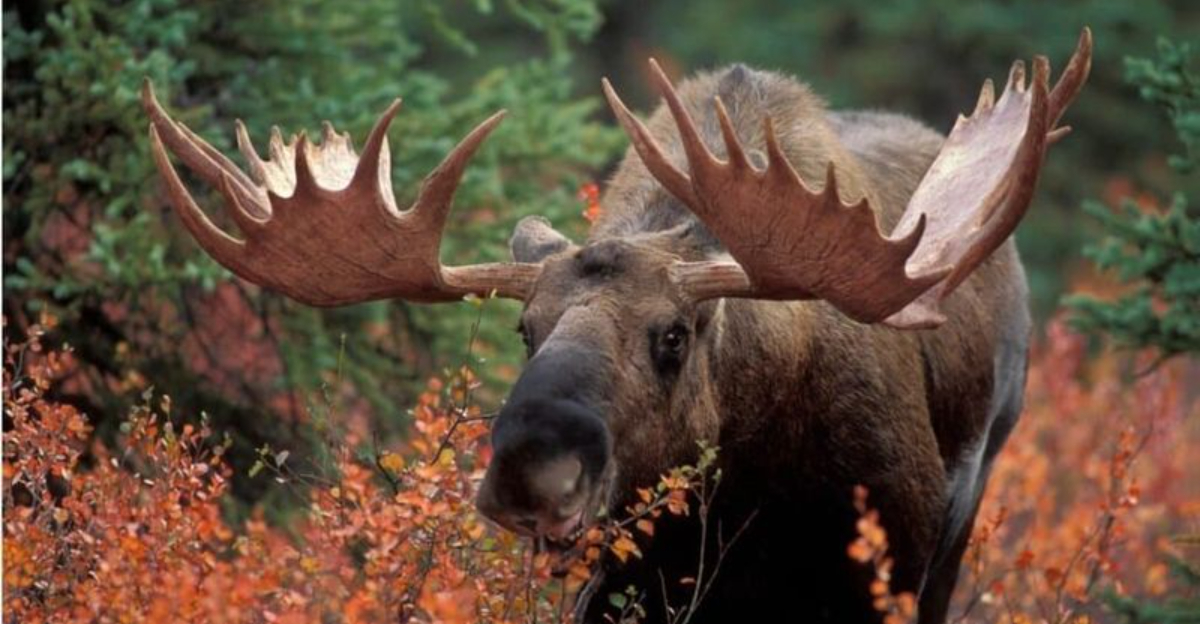
Alaska’s wilderness isn’t just breathtakingly beautiful – it’s home to some seriously dangerous creatures. From the depths of icy waters to the heights of snowy mountains, these animals have adapted to survive in one of Earth’s harshest environments.
Whether you’re planning an Alaskan adventure or just curious about wildlife, knowing these potentially deadly residents might just save your life someday.
1. Silent Stalkers Of The North: Polar Bears

Weighing up to 1,500 pounds of pure muscle and armed with claws that could gut a seal in seconds, polar bears aren’t just dangerous – they’re actively curious about humans.
Unlike black bears, these arctic giants won’t usually run away when they spot you. They’ll investigate, sometimes viewing you as their next meal. Their massive paws can crush skulls with minimal effort.
2. The Surprising Threat: Moose
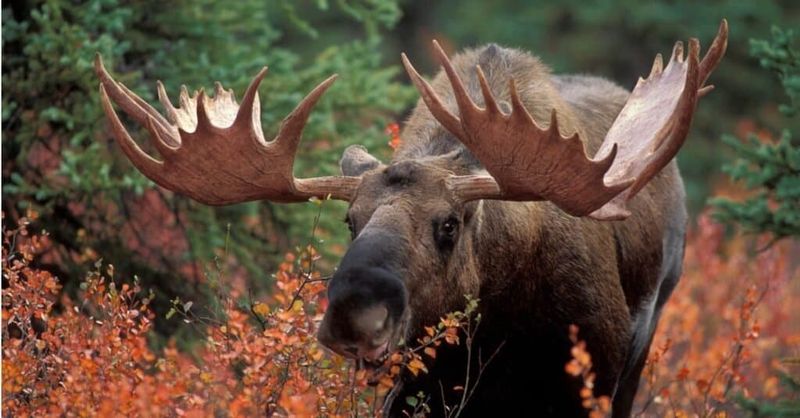
Forget wolves or bears – moose injure more Alaskans yearly than almost any other animal. Standing seven feet tall and weighing up to 1,500 pounds, these seemingly docile giants turn aggressive without warning.
During mating season or when protecting calves, they’ll charge at speeds of 35 mph. Their powerful hooves deliver bone-crushing blows, and their sheer size makes escape nearly impossible in close encounters.
3. Masters Of The Skies: Bald Eagles
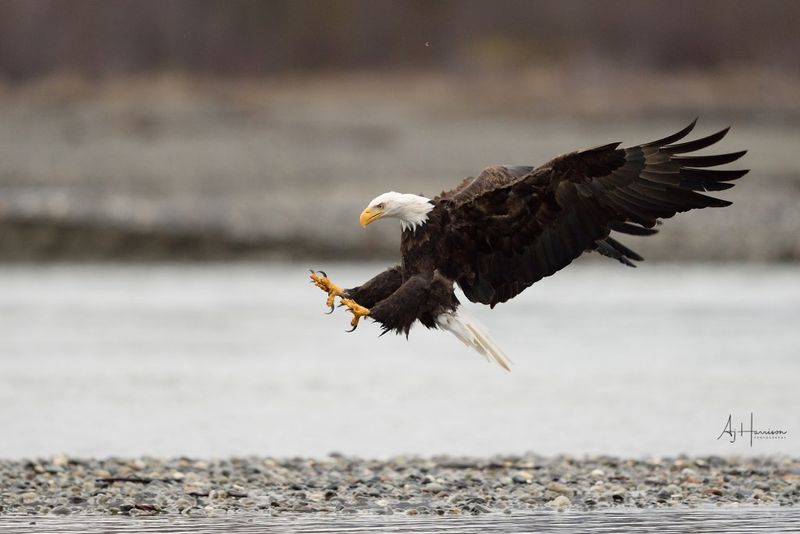
Those majestic symbols of American freedom pack a fatal punch with razor-sharp talons exerting over 400 pounds of pressure per square inch – enough to pierce human skulls. While rarely attacking humans unprovoked, these territorial raptors fiercely defend their nests during breeding season.
Their wingspans reach seven feet, and they dive at speeds exceeding 100 mph when striking prey or perceived threats.
4. Wolves Of The Last Frontier
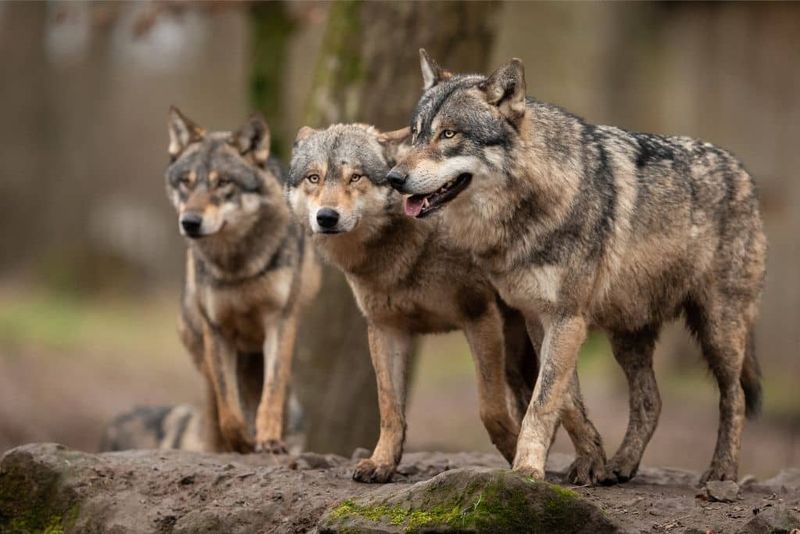
Ever felt watched while hiking through Alaskan forests? You might have been sized up by gray wolves weighing up to 175 pounds with jaws powerful enough to crush moose bones. Though human attacks remain rare, increasing habitat loss pushes these intelligent predators into human territories.
They hunt in coordinated packs, using sophisticated tactics to take down prey several times their size.
5. The Sea’s Perfect Predator: Orcas

Lurking in Alaska’s frigid coastal waters, orcas are essentially ocean-going wolves – hunting in highly coordinated pods with chilling intelligence. Their 4-inch teeth can shred through virtually anything. While wild orcas rarely attack humans, their hunting techniques are terrifyingly sophisticated.
They create waves to wash seals off ice floes and have been observed teaching these skills to younger pod members.
6. Buzzing Menace: Alaskan Mosquitoes

Tiny but mighty, Alaska’s mosquitoes emerge in biblical swarms so dense they’ve been known to asphyxiate caribou. These aren’t your average backyard biters – they’re larger, more aggressive, and seem almost impervious to repellents.
While not directly lethal to humans, their sheer numbers can cause severe blood loss in extreme cases. They transmit diseases and can trigger life-threatening allergic reactions in sensitive individuals.
7. Mountain Monarchs: Grizzly Bears
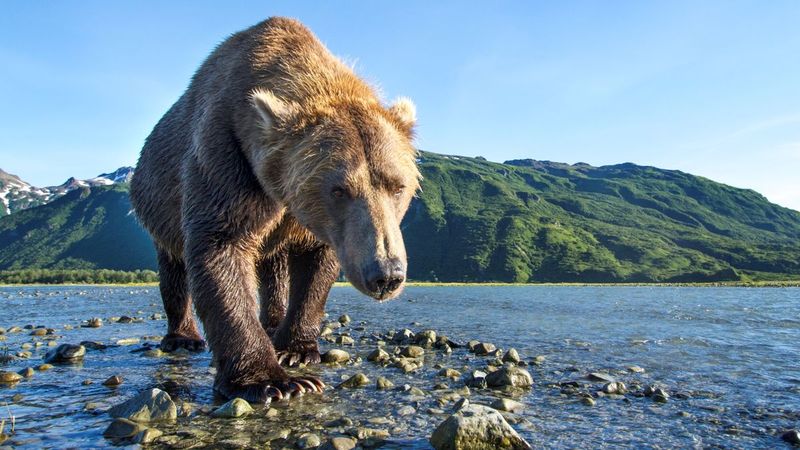
With curved claws measuring up to four inches and jaws that can crush bowling balls, grizzlies are walking tanks of the Alaskan wilderness. A single swipe can decapitate a moose.
Unlike black bears, grizzlies don’t typically climb trees, eliminating a potential escape route. They can sprint at 35 mph despite weighing up to 1,500 pounds – that’s faster than Olympic sprinters.
8. The Wolverine: Nature’s Tiny Terror
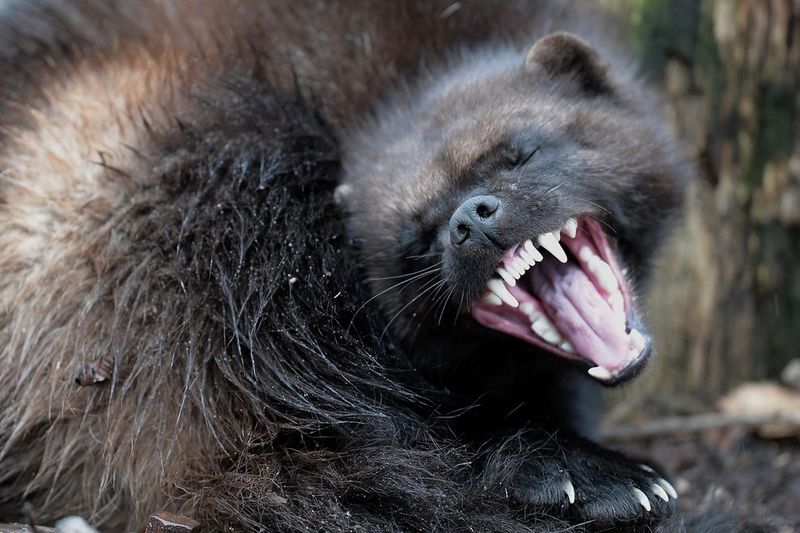
Pound for pound, wolverines might be Alaska’s most ferocious predators. Weighing just 30 pounds, these miniature nightmares routinely take down prey ten times their size through sheer aggression and tenacity.
Their jaws crush bones that even wolves can’t break. Territorial and solitary, wolverines have been documented fighting off bears and mountain lions. They possess a musky defensive spray rivaling skunks.
9. Sneaky Stalkers: Lynx
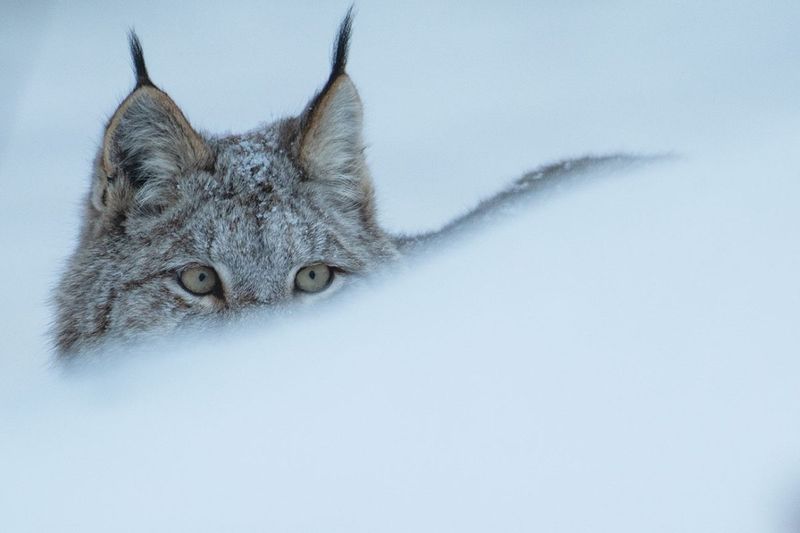
Those gorgeous tufted ears and snowshoe paws hide a lightning-fast predator capable of taking down prey three times its size. Lynx move like ghosts through Alaska’s forests. While rarely aggressive toward humans, cornered lynx become furious fighters with razor claws and incredible agility.
Their powerful hind legs allow six-foot vertical leaps, and their specialized anatomy lets them silently stalk prey for hours.
10. Serpents Of The North: Northern Pacific Rattlesnakes
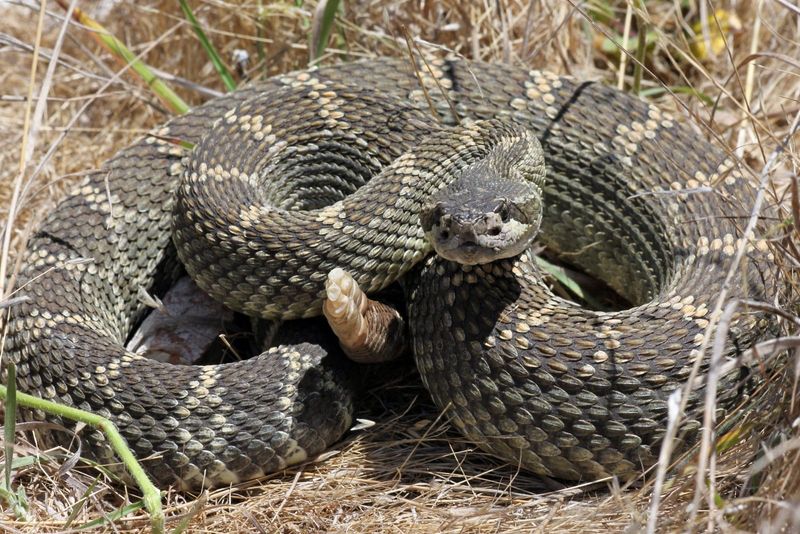
Surprised? Most people don’t realize rattlesnakes have adapted to Alaska’s southeastern regions. These cold-weather variants have evolved especially potent venom to compensate for slower metabolism in chilly environments.
Remote locations mean antivenom may be hours away, making even non-fatal bites potentially deadly due to delayed treatment.
11. Massive Marine Menace: Steller Sea Lions
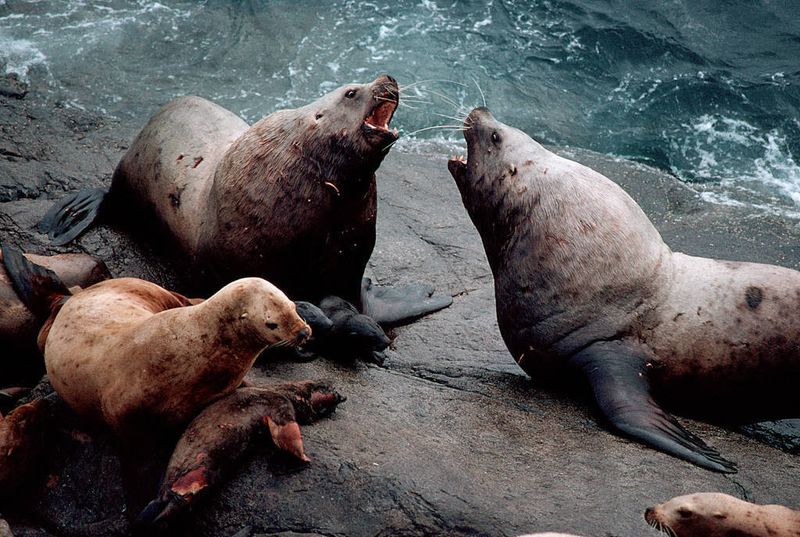
Looking like overgrown puppies doesn’t make these 2,500-pound behemoths any less dangerous. Male Steller sea lions fiercely defend breeding territories with bone-crushing bites and surprising speed on land.
Their massive bulk creates potentially deadly crushing hazards for divers or kayakers who venture too close. Territorial disputes between bulls have been known to damage boats and injure humans caught in the crossfire.
12. Hidden Danger: Paralytic Shellfish Poisoning
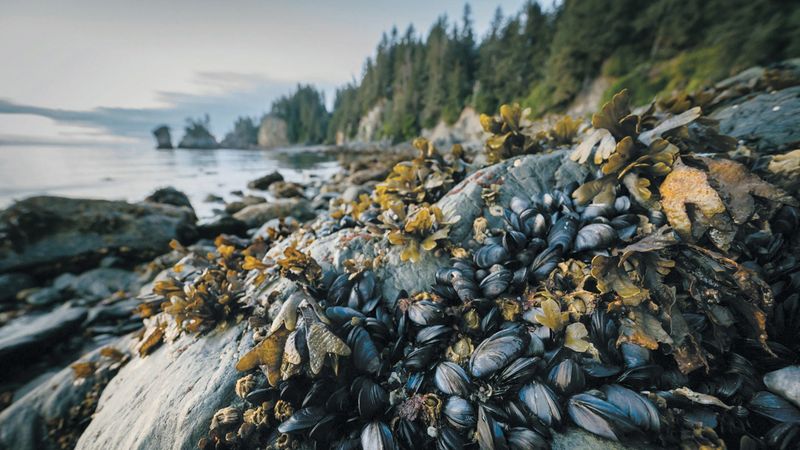
Not all Alaskan dangers have teeth or claws. The state’s shellfish harbor saxitoxin – a neurotoxin 1,000 times more fatal than cyanide with no known antidote. Affected clams and mussels look completely normal.
Symptoms begin within minutes: tingling lips, numbness spreading to extremities, and potentially respiratory paralysis. Alaska’s cold waters preserve the toxin, making it particularly concentrated.
13. The Arctic Fox: Rabies Vector
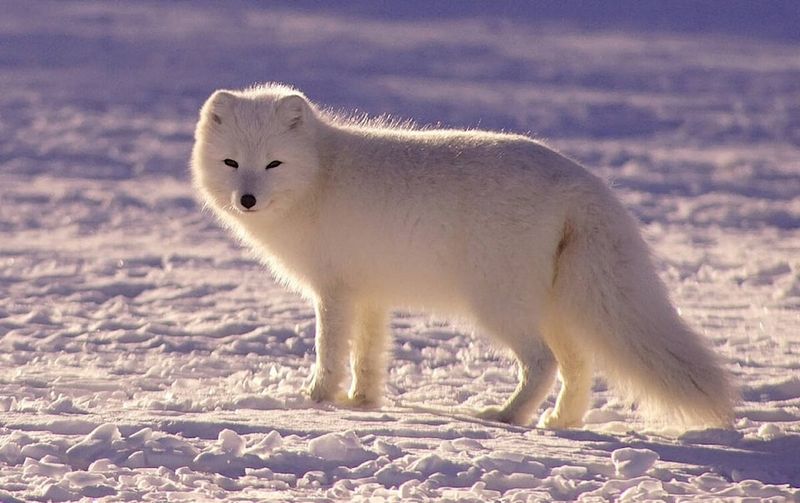
Those adorable white fluffballs harbor a deadly secret – Arctic foxes are Alaska’s primary rabies vectors. Unlike their southern cousins, they frequently approach humans without fear, especially when infected. Their small size makes them seem harmless, but their bites transmit a virus that’s nearly 100% fatal once symptoms appear. Remote locations mean medical help is often too distant for life-saving treatment.
14. The Unseen Threat: Brain-Eating Amoeba
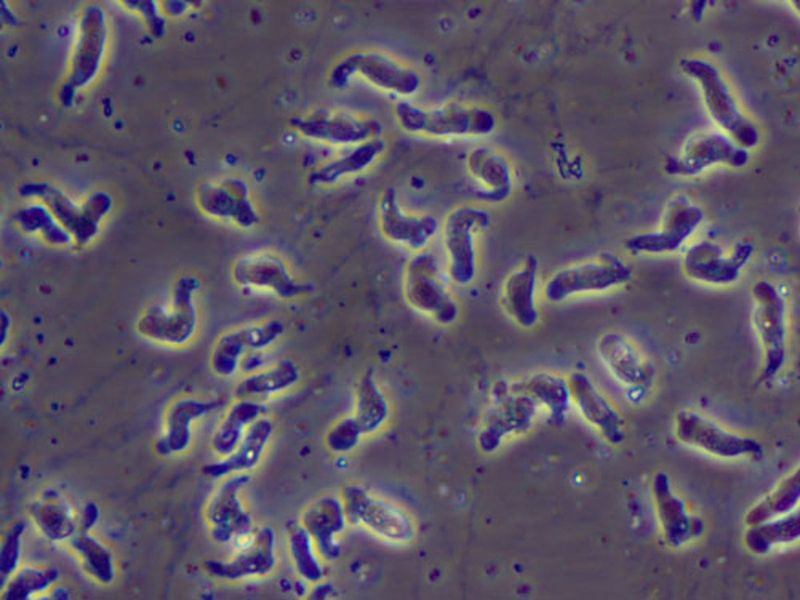
Hidden in Alaska’s hot springs lurks Naegleria fowleri – microscopic amoebas that enter through the nose and literally devour brain tissue. Survival rates hover around 3%. Climate change has expanded their range northward into previously too-cold waters.
The initial symptoms mimic common illnesses, delaying crucial diagnosis. By the time distinctive symptoms appear, treatment is usually futile.


